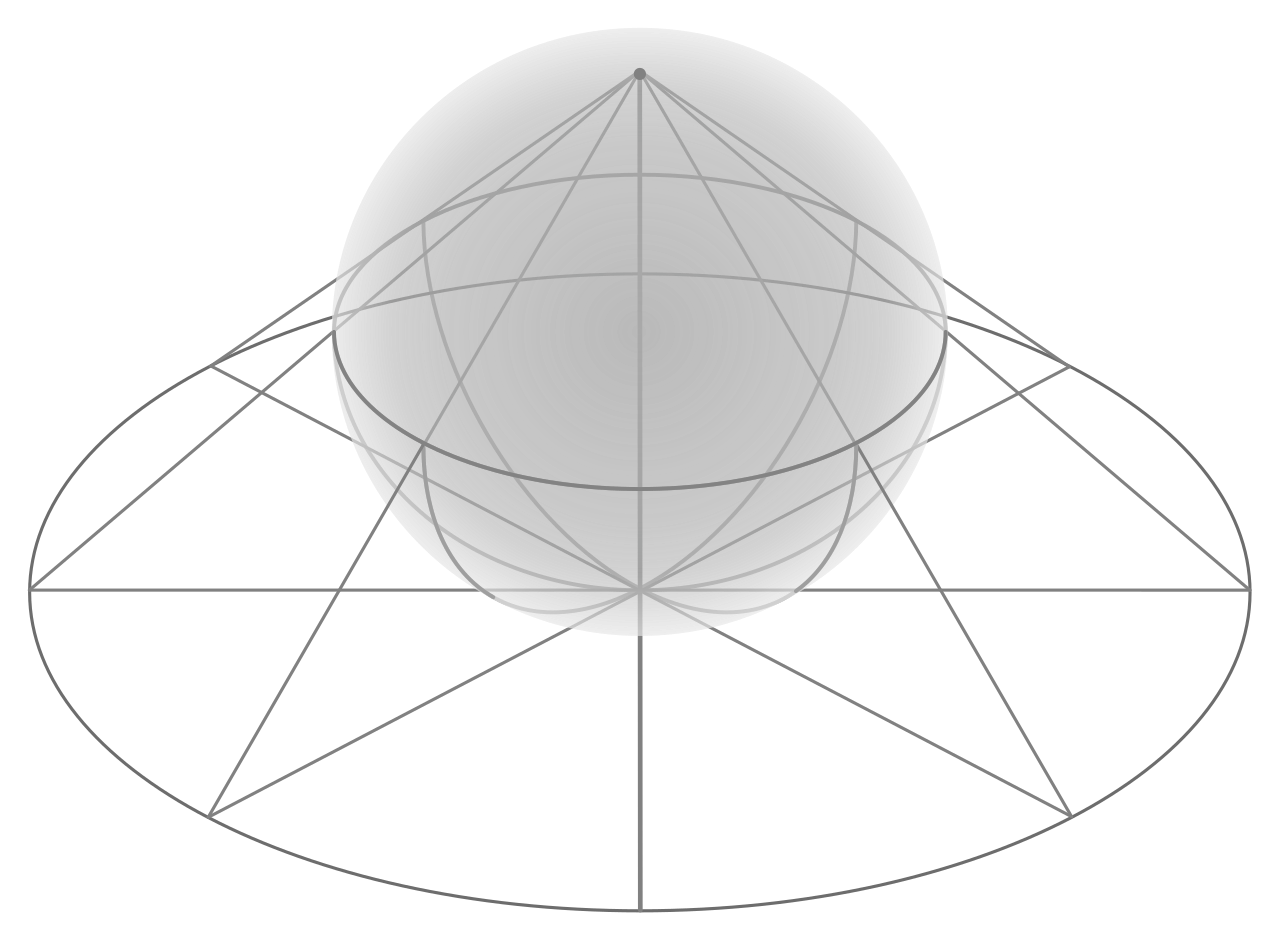Lecture 09 - Surface
Let
The above idea encapsulates the idea of a manifold but only for 2 dimensional surfaces. Now let us take another surface
A surface is a Hausdorff topological space which is locally homeomorphic to
Surfaces:
Not surfaces: Double Cone (the cone with the vertex removed).
Charts
If
is called a chart. A collection of charts (
- We have the unit sphere (with the north pole removed) as our surface and the stereographic projection is our atlas.

- We take the same unit sphere
then we have the chart:
It covers MOST of the sphere but we lose information at (some) points to overcome this we can simply add more charts:
Orientability
Now let
A surface is orientable if it possesses an atlas from which all the transition maps are orientation preserving.

Any orientable closed surface is homeomorphic to a torus with